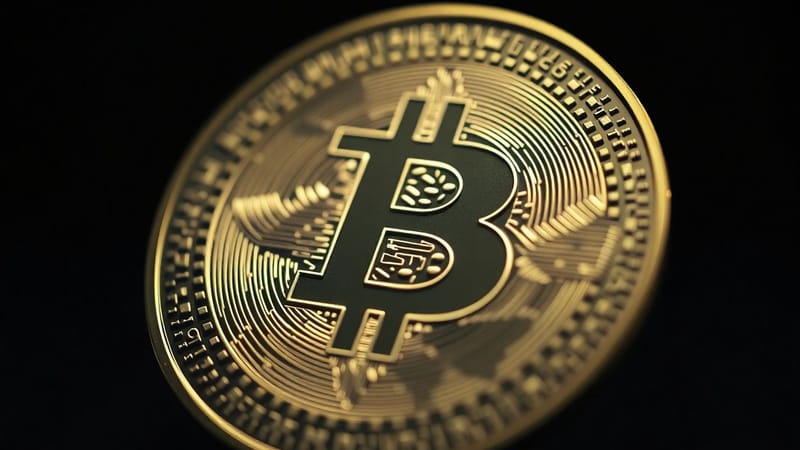XRP Or Palantir: The Smarter $1,000 Bet Right Now

Investors weighing a fresh $1,000 face a timely crossroads: Palantir, a fast-rising AI software leader, versus XRP, a cryptocurrency gaining momentum from regulatory shifts and payments adoption. Both have surged in 2025, but their return profiles and risks are starkly different, making time horizon and risk tolerance crucial.
Key Takeaways
- Palantir’s Q2 2025 growth accelerated, topping $1B in revenue with robust U.S. commercial and government demand.
- The company’s Rule of 40 near the mid-90s underscores strong growth-profit balance among software peers.
- XRP’s rally is tied to faster, cheaper payments plus shifting regulation, including a recent executive order that could open 401(k) access to crypto.
- Prospective XRP ETFs and the resolution of Ripple’s SEC case reduced a key overhang and may widen access.
- Near term favors XRP’s catalyst-driven upside; long term may tilt to Palantir’s fundamentals-driven compounding.
Why Palantir Is Back In Focus
Palantir builds data analytics and AI platforms for governments and enterprises, and demand is surging. In Q2 2025, U.S. commercial revenue nearly doubled year over year, government sales climbed strongly, and total revenue surpassed $1 billion. Leadership characterized the pace as rare for a company of its scale.
Crucially, Palantir’s Rule of 40 score—combining growth and margins—sits around the mid-90s, placing it among top software performers. The bull case centers on expanding AI adoption and long-duration contracts that can smooth revenue. The principal risk is valuation: shares price in a lot of future success, leaving little room for execution missteps or macro slowdowns.
Why XRP Is Rallying
XRP is designed for rapid, low-cost settlement on the XRP Ledger, with transactions completing in seconds. Beyond crypto market momentum, several catalysts are in play: a recent U.S. executive order could allow cryptocurrencies in 401(k) plans; large asset managers are exploring XRP-linked ETFs; and the long-running SEC case against Ripple has been resolved, easing legal uncertainty.
Ripple’s push to integrate XRP into cross-border payments and to develop compliant stablecoins aims to embed the token within real-world financial rails. The upside case hinges on wider institutional access and utility-driven adoption. Risks remain high: crypto prices are sentiment-driven, regulatory regimes can shift, and competition in payments is intense.
Which Fits $1,000 Right Now
- Prefer catalyst-driven upside and can stomach volatility? XRP may offer the larger near-term swing potential if retirement access and ETF approvals progress.
- Prefer fundamentals, contracts, and operating leverage? Palantir could offer steadier compounding tied to AI deployment across industries—albeit from a premium valuation.
A pragmatic approach for many investors is diversification—splitting exposure according to risk tolerance and time horizon—while rebalancing as catalysts play out.
Bottom Line
There’s no one-size-fits-all “winner.” XRP is the higher-beta bet on access and adoption; Palantir is the fundamentals-first play on AI demand. Align the choice with your risk appetite, conviction in the catalysts, and investment timeline.
More XRP News:













